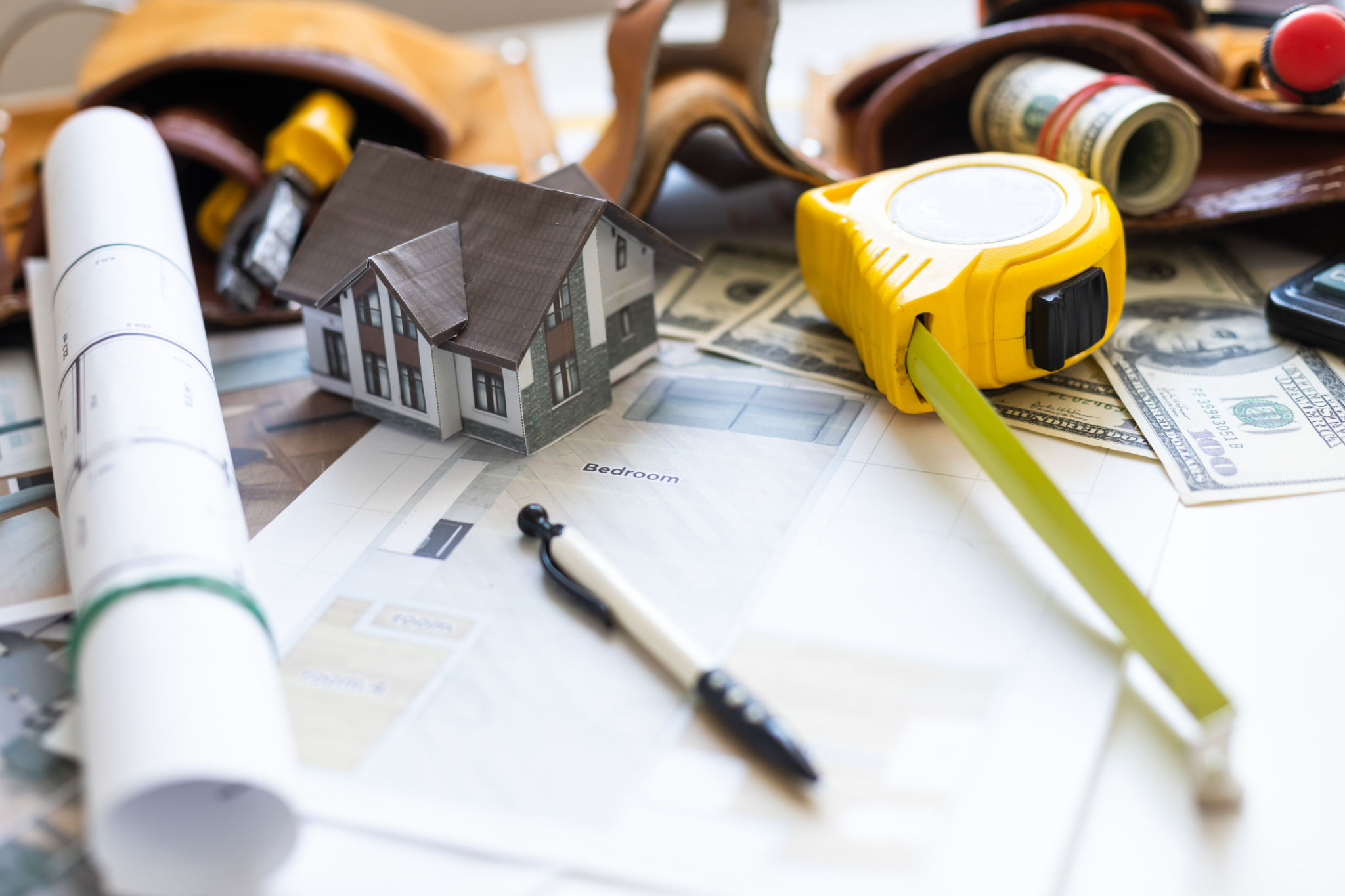Top Questions About Wallpaper Removal Answered by Experts
Introduction to Wallpaper Removal
Removing wallpaper can seem like a daunting task, especially if you've never done it before. However, with the right approach and tools, it can be a manageable project that transforms your space. We've gathered some of the top questions about wallpaper removal and asked experts to provide their insights.

What Tools Do I Need?
Before you begin, it's essential to gather the necessary tools to make the process smoother. According to experts, the following items are crucial for effective wallpaper removal:
- Wallpaper scraper or putty knife: To gently peel off the wallpaper without damaging the wall.
- Scoring tool: This helps to perforate the wallpaper, allowing the solution to penetrate better.
- Wallpaper removal solution or vinegar and water mixture: To loosen the adhesive.
- Bucket and sponge: For applying the solution and cleaning up any residue.
How Do I Prepare the Room?
Preparation is key to a successful wallpaper removal job. Start by protecting your floors and furniture. Experts recommend:
- Removing all furniture or covering it with plastic sheets.
- Laying down drop cloths to protect your flooring from water and debris.
- Turning off power to outlets in the room and removing outlet covers to avoid electrical hazards.

Is There a Best Time to Remove Wallpaper?
The timing of your project can impact its success. Experts suggest that removing wallpaper is best done during cooler, less humid times of the year. High humidity can make the wallpaper adhesive more stubborn, whereas cooler conditions help loosen it more easily.
How Do I Remove Stubborn Wallpaper?
Stubborn wallpaper can be a challenge, but with patience and the right techniques, it can be removed without damaging the walls. Experts advise using a scoring tool to create small holes in the paper. Then apply a generous amount of wallpaper removal solution or a vinegar-water mixture to penetrate the adhesive. Allow it to sit for 15-20 minutes before gently scraping with a putty knife.

What Should I Do After Wallpaper Removal?
Once you've successfully removed all the wallpaper, it's essential to clean and prepare your walls for the next step, whether it's painting or applying new wallpaper. Experts recommend:
- Washing the walls with soap and water: To remove any leftover adhesive.
- Sanding down any rough spots: For a smooth surface.
- Applying a primer: If you plan to paint, this will help ensure even color application.
Conclusion
Wallpaper removal doesn't have to be an overwhelming task. With the right preparation, tools, and techniques, you can achieve a clean slate ready for your next decorating idea. Remember, patience and persistence are your best allies in this process. If you're still unsure, consulting with a professional can be beneficial and save you time and effort in the long run.

